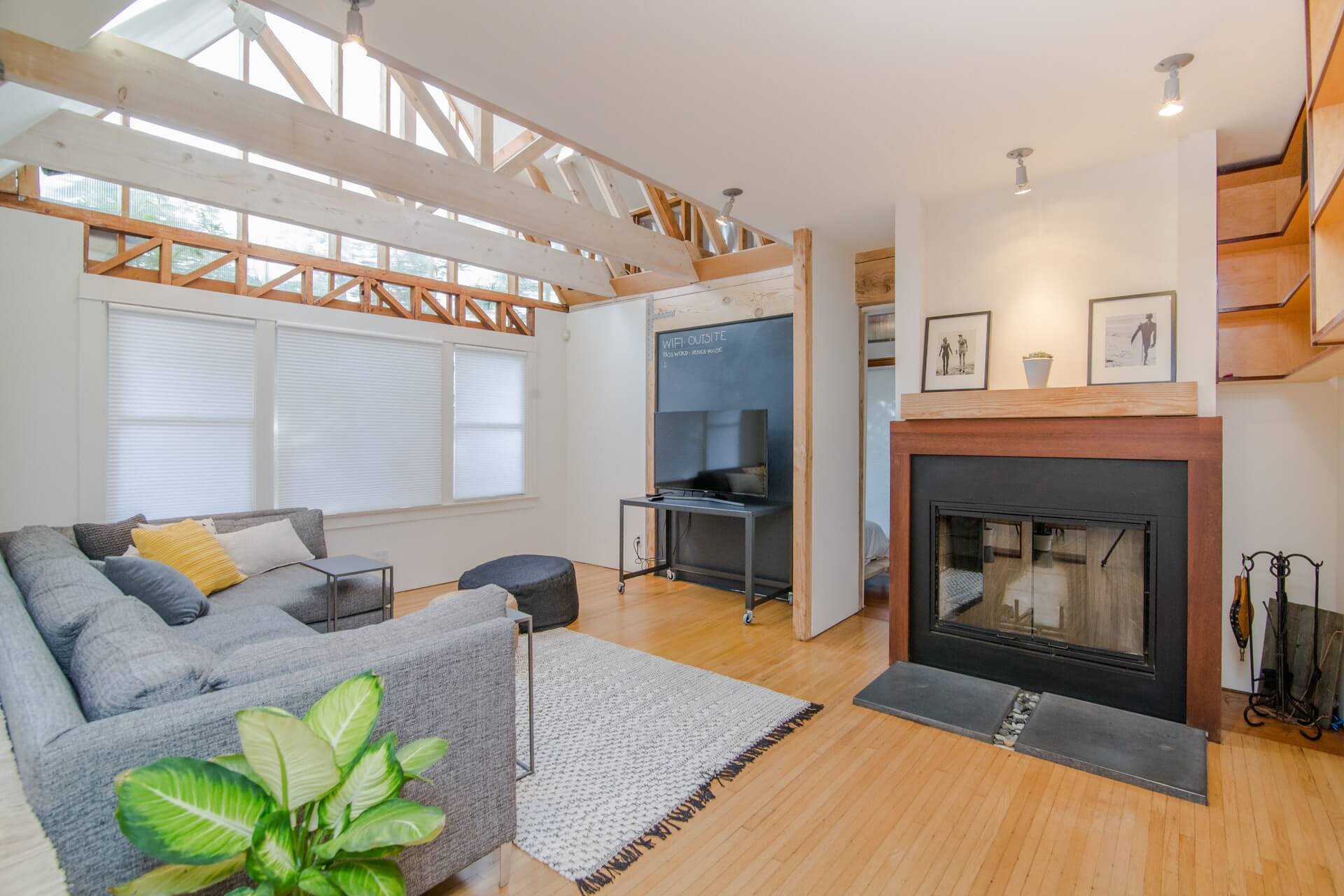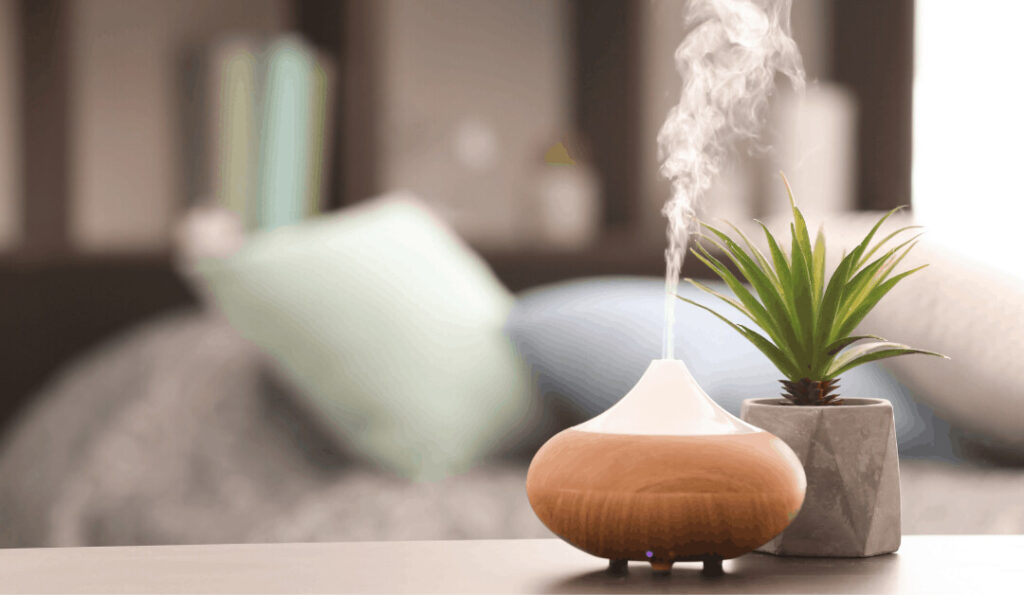
Today more than ever, designing homes that promote health, mind, and well-being is essential. Your home is a sanctuary for the soul, a place where you can connect with your family and yourself, and a place of inspiration.
“Living in a beautifully designed home that’s tailored just for you feels like you are being embraced by your environment.”
Healthy homes are places that promote both human and environmental wellbeing. The goal is to understand ways to create a healthy space & make sure the house is clean and maintained, sufficiently ventilated, free of pollutants, and a multitude of other things that benefit people and the environment.
A house can be healthier if certain questions are asked about the construction and design before buying it.
However, if you already own a house (and design features are already in place), it’s not too late. The health of your home can be dramatically improved in lots of ways – let’s look at Tips for Designing Healthy Spaces.
Checkout 10 Tips to Create Healthy Spaces
1) Personalized Living Spaces
Since most of our lives are now spent indoors, it’s important to create an indoor environment that reflects our individuality. Add personal touches to your workspace, relaxation area, or entertaining area to make each of these activities more comfortable.

By incorporating functionality into their living spaces, people try to make their interior environments as pleasant as possible so that they can use them regularly. Personalization is the process of decorating each room in your house in a unique and personal way.
As an example, if you prefer soft furnishings, fabrics in neutral tones, or art pieces and pictures, make sure that your home is designed accordingly. People can live more comfortably and truly call a place their home when they have a personalized interior space.
2) Invest In Air-Purifying Plants
Considering we spend around 80% of our time in our homes, air pollution indoors can be as much as two to five times higher than outdoor air pollution. You can reduce your indoor air pollution by planting air-purifying plants in your home (literally) to create an aesthetically pleasing, stress-relieving environment.

Tell me, what? Definitely! Many houseplants, such as English Ivy, Aloe Vera, and Peace Lilies, remove toxins from your home and filter the air by absorbing CO2 and releasing oxygen. Additionally, they are proven to reduce stress and look pretty, so you can’t go wrong.
3) Open Up To The Light
No matter the type of light, every home needs a good source of illumination. Have you ever thought about how lighting affects your mood? Exactly. You can keep your spirits up and your mood in check by exposing yourself to lots of bright, warm light. Aside from providing vitamin D, sunlight is a natural disinfectant and is an important source of vitamin D.

Lighting is important in every home, no matter what time of day it is, so it’s essential to install the right sources of lighting. To let light into the room, build large windows and doors that can be opened every day. Sunlight is highly beneficial, so let it do its magic. Choose curtains and drapes in light or neutral shades to maximize the amount of light entering the room.
4) Aspect Of Sustainability

Improve a home’s air quality by using wool carpeting, a natural fiber that is biodegradable, rapidly renewable, and moisture- and water-resistant, if left untreated. Synthetic carpets like nylon and polyester, in contrast, are manufactured from petrochemicals that pollute the environment. Use products that emit low levels of VOCs (Benjamin Moore Aura paints are an example). Choose furniture that does not contain toxic glue; install a system for bringing outdoor air indoors; and pick a mold and mildew-resistant insulation.
5) Experiment With Colors
Colors can have a powerful impact on a person’s mood. For this reason, interior designers are extremely cautious when choosing a color palette for a specific room.

The color scheme of each room has its unique vibe, and playing around with that is one way to achieve that. To make your bedroom a relaxing space, choose whites, pale blues, or greens. Alternatively, to make your living room more dynamic and energizing, use browns, rusts, and maroons. Some people use yellows in their kitchen spaces to brighten them; others use neutral colors in their study areas and workspaces to help them remain focused. Working with an interior designer will help you understand how to use different spaces and colors in your room to influence your mood, health, and overall lifestyle.
6) The Perception of Scent

One of the most simple and cost-effective mood-boosting tips could be this one. It can be calming to choose the scent of sweet orange and add the scent of vanilla. People who inhale the scent of jasmine are less anxious than those who take prescription anxiety medications. It’s known to Yogis that the smell of burning frankincense reduces stress, anxiety, and depression. You can achieve those scents by burning candles or using aromatherapy.
7) Clean Often

When a home is dirty, it can contribute to a feeling of clutter and release negative energy into the space. Besides being clean, a home that is well maintained is a warm and inviting space. Maintaining a clean home contributes to the health of your family – it keeps germs and toxins at bay as well as maintains a high standard of hygiene. The pandemic has specifically made people more aware of sanitizing and cleaning their homes, but what about the furniture, fabrics, and decorations that don’t need to be cleaned or sanitized so frequently? You should use easy-to-clean fabrics and materials in your home to keep germs and bacteria at bay.
8) Consider The Air Quality
Although we’ve discussed the importance of houseplants for keeping your home purified, when it comes to your home’s air quality, you must not compromise your health. To maintain your physical well-being, you must avoid breathing in toxins, impurities, and bacteria – things that exist in everybody’s homes, regardless of how clean they keep them. You should start by buying an air purifier if you want to create a healthy home. This will improve the indoor air quality in your home.

Not only will this increase your breathing capacity, but it will also help you sleep better, contributing to a less-stressed lifestyle without you even realizing it! Take steps to reduce air pollution in your home and observe a direct impact on your mental and physical health.
9) Apply Essential Oils

It is well known that essential oils have soothing aromas and are capable of releasing negative energy from a space. Essential oils tend to create a calming and relaxing atmosphere. There are a lot of great essential oils to use in your home, including lavender, mint, and chamomile. The use of scented incense is an alternative to essential oils. As with essential oils, incense sticks also have a soothing effect and can help calm a room. By burning sticks that emit an aroma of sandalwood, rose, lavender, or myrrh, you can see your interior space becoming more positive.
10) Audio Effects

When you’re remodeling your home, double-paned windows may be a good option to minimize noise. Soundproofing can also be achieved by covering your ceiling – with rustic wood or soft materials like wallpaper. Textiles made of thicker fibers like wool or walls covered in the fabric are excellent window treatments.
Summary
Therefore, your furniture and home decor should be chosen based on the kind of work you do and how much space you need. Who knows, you might fall in love with the whole setup and transition for good. Hope these Tips for Designing Healthy Spaces for your home work out. Do let us know did you try out these.